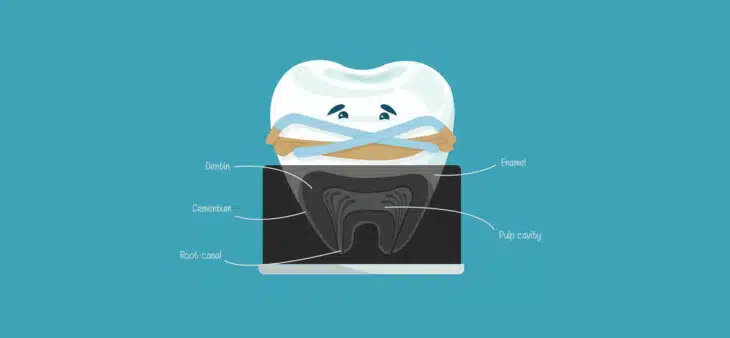
Root canal treatments are a standard dental procedure to save teeth that have been severely damaged or infected. However, like many medical procedures, there are instances where a tooth that has undergone a root canal treatment may become damaged or infected again and need retreatment.
Understanding when and why root canal retreatment is necessary can help you make the best decision for your dental health.
Signs You Need Retreatment
Identifying when a root canal needs retreatment can preserve your tooth’s health and functionality. Common signs that a previously treated tooth needs to be retreated include:
- Persistent symptoms. Despite a successful root canal, some patients may continue to experience symptoms such as pain, hot and cold sensitivity, or swelling. This could indicate that the infection was not entirely eradicated or has returned.
- New decay. If a tooth that has undergone a root canal develops new decay, the root canal filling material can be exposed to bacteria, leading to a new infection.
- Failed crown or filling. The filling or crown placed after a root canal protects the tooth from further damage. If it fails or breaks, the tooth is vulnerable to bacteria that can lead to a new infection, requiring retreatment.
Reasons for Retreatment
Your tooth may need to be treated again if the first treatment wasn’t complete, if there was a delay in putting the crown on, or if the sealant material wears out over time. This can leave the tooth vulnerable to new infections or decay.
- Complex anatomy was missed during the initial treatment. Some of the tooth’s complex root system might have been overlooked during the first treatment. Teeth can have roots with hidden canals that weren’t treated initially. Retreatment allows your dentist to fix these missed areas.
- Delayed crown placement. If there’s a delay in putting on a crown or filling after the first root canal, it can lead to contamination and infection, making retreatment necessary.
- Breakdown of sealing material. Gradually, the gutta-percha latex sealant used to close the root canal can deteriorate, allowing bacteria to re-enter the tooth and cause infection.
Retreatment Process
The retreatment involves several steps similar to the original root canal procedure but with some key differences:
- Removing the existing filling and crown. Your dentist will remove the crown or filling along with the old root canal filling material to access the root canal.
- Cleaning the canals. Once open, the canals are cleaned thoroughly to remove infection and debris.
- Searching for missed canals. Your dentist will examine the tooth’s structure for canals that were not treated initially.
- Filling and sealing the canals. After ensuring all canals are clean, they are filled and sealed again to prevent future infections.
- Restoring the tooth. Finally, a new crown or filling is placed to restore the tooth’s function and appearance.
Post-Procedure Care After Root Canal Retreatment
Feeling discomfort and sensitivity around the treated area for a few days is normal, but this will typically lessen over time. To help your tooth heal faster, avoid chewing on the treated side of your mouth until it’s fully sealed with a crown or permanent filling.
Maintain good oral hygiene practices, like brushing twice daily using fluoride toothpaste and regular flossing. After eating, you can also rinse with warm salt water to remove any food debris or bacteria that may have entered the treated tooth.
For any pain, over-the-counter medications like ibuprofen or acetaminophen can help, but always check with your dentist before taking them. You can also use a cool compress on the affected side of your face to reduce discomfort and swelling.
Don’t Let Your Oral Health Get Worse
If you’re experiencing severe pain in a tooth that has previously undergone root canal treatment, reach out to your dentist at A Dental Place immediately. You may need a root canal retreatment to restore your oral health.
